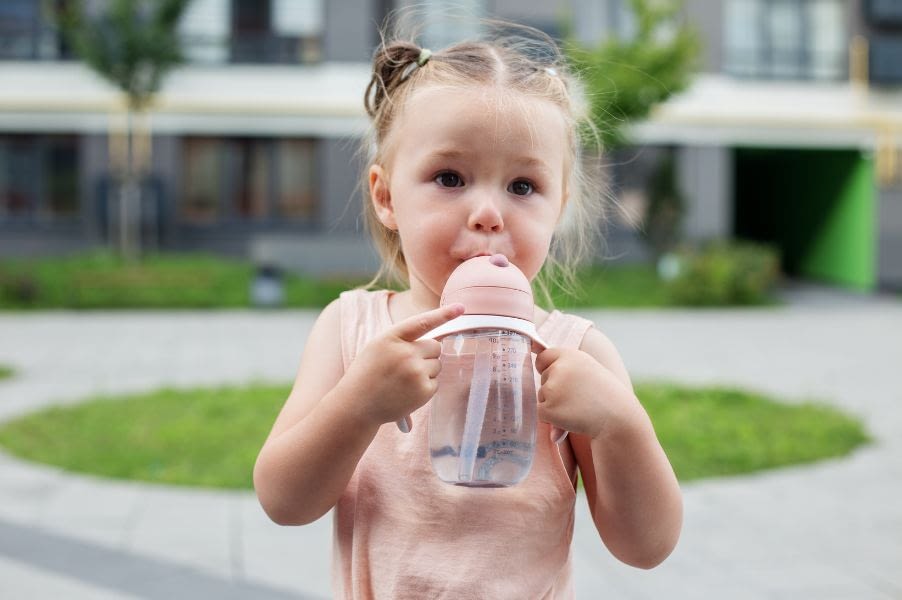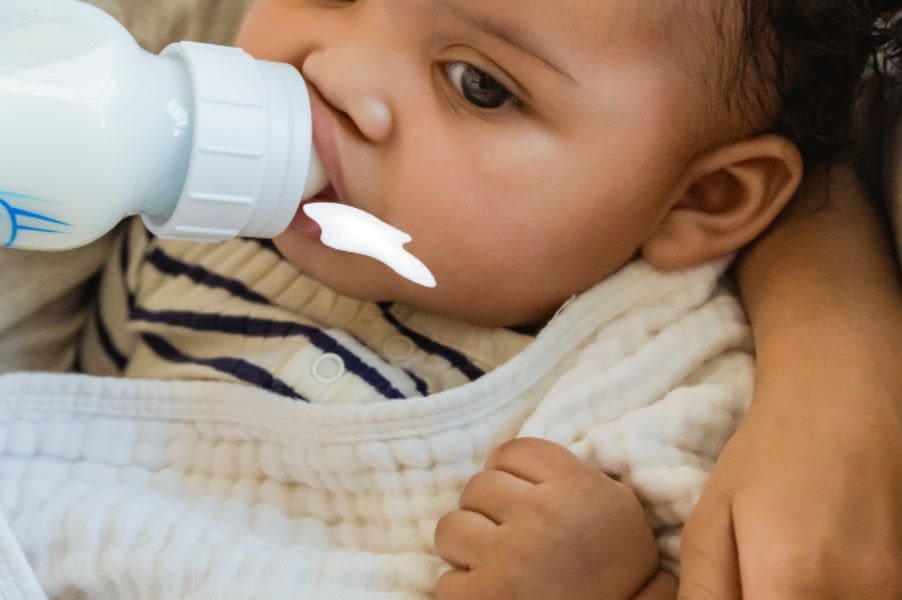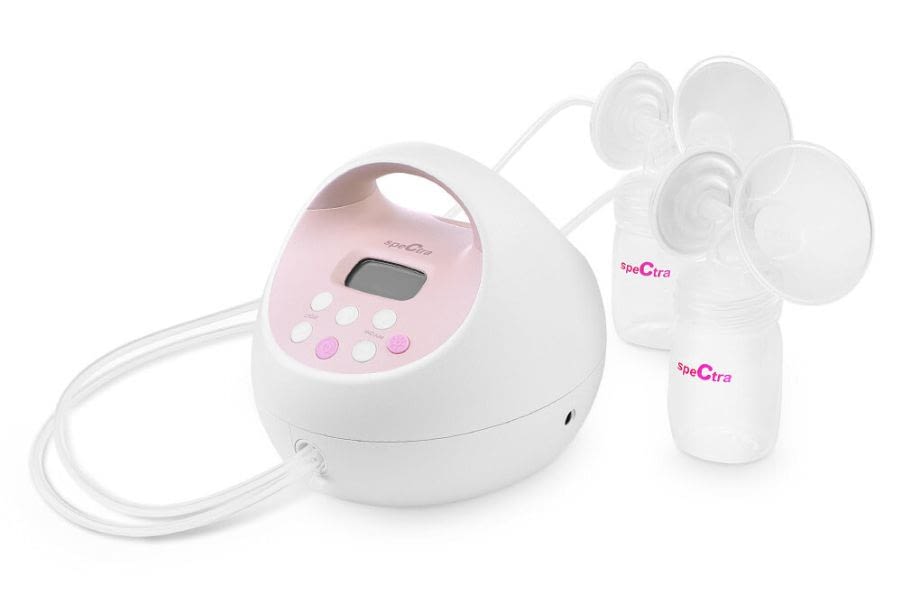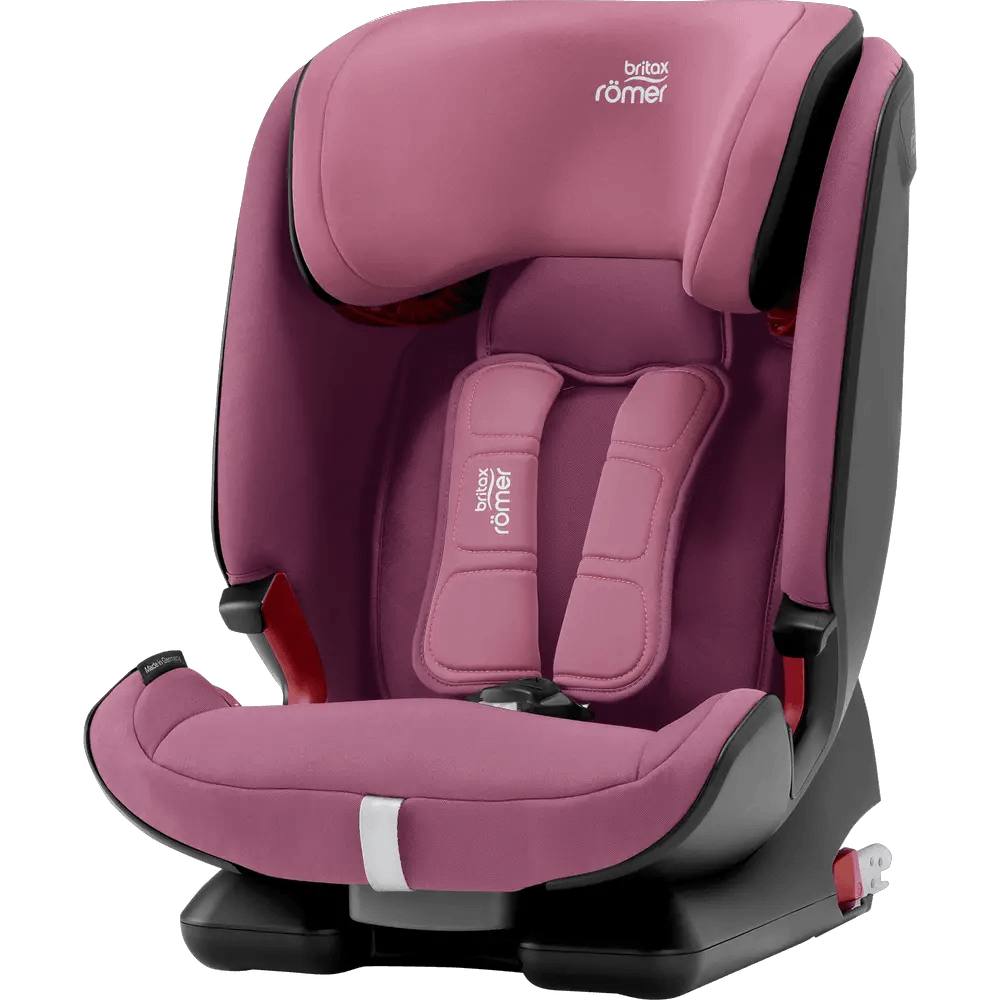Selecting the right cup for your child can feel like a mile-high hurdle in the parenting marathon. With options overflowing from every shelf, it’s no wonder parents often find themselves conflicted at the crossroads of choice: Should I choose a straw cup or a sippy cup? Are straw cups better than sippy cups? Let’s explore this debate and provide insights to ensure your little one sips safely and effectively.
As we transition from bottles to cups, our choices impact more than just our children’s hydration habits – they touch on oral development, motor skills, and independence. This discussion weighs the pros and cons of each option to quench your thirst for knowledge as parents seek the best for their tots.
Cups are not just drinking vessels; they’re learning tools. Let’s take a closer look at how straw cups and sippy cups measure up.
Understanding Straw Cups
Features and Benefits
Straw cups, with their slender piped mechanism, are more than whimsical drinkware. They encourage a natural sucking motion akin to how adults drink from glasses, promoting healthier oral motor development. Here’s the straw that stirs the drink:
- Oral Health: By sipping through a straw, your child’s teeth have less exposure to liquids, potentially reducing the risk of cavities compared to sippy cups that allow fluid to pool around the front teeth.
- Coordination and Development: Using a straw requires the complex coordination of lip, cheek, and tongue muscles, which is beneficial for future speech development.
Age-Appropriate Usage
Pediatricians often recommend introducing straw cups when a baby shows readiness, typically around 6 months old, after demonstrating reasonable neck control and the ability to sit with support.
Understanding Sippy Cups
Features and Benefits
The sippy cup has been a staple in parents’ arsenals for generations, renowned for its spill-proof design:
- Spill-Proof Security: For parents who prioritize minimizing mess, sippy cups are practically synonymous with clean floors.
- Ease of Transition: The sippy’s resemblance to bottle-feeding makes for smoother seas for infants moving on from bottles.
Age-Appropriate Usage
Sippy cups enter the baby gear lineup around 6 to 12 months.
Comparison: Are straw cups better than sippy cups?
This section addresses the heart of the matter – the comparison – with a drip-by-drip analysis.
Spill-proof Capabilities
Both present solutions to the universal parent woe of spills with varied effectiveness. Straw cups for toddlers may require a valve system to be fully spill-proof, while sippy cups inherently offer a no-leak promise.
Impact on Oral Development
Pediatricians and dentists often recommend straw cups over sippy cups for oral health reasons. While sippy cups are designed to prevent spills, the sucking mechanism they employ is similar to a bottle, which can affect the development of oral muscles and lead to issues like speech impediments, development of palate, or tooth decay. On the other hand, drinking from a straw requires a complex oral mechanism that promotes healthier oral development.
Ease of Use and Cleaning
With their spill-proof design, Sippy cups are often the first choice for parents to introduce a cup to their baby. They are easy for little hands to grasp, and the spout is similar to a bottle, making the transition less drastic for the baby.
However, straw cups, though they may require a bit more coordination, promote better oral development and can be easier for some children to use once they get the hang of it. Sippy cups with fewer parts win on simplicity, but cleaning ease skews towards straw cups, as sippy cup spouts sometimes harbor hidden grime.
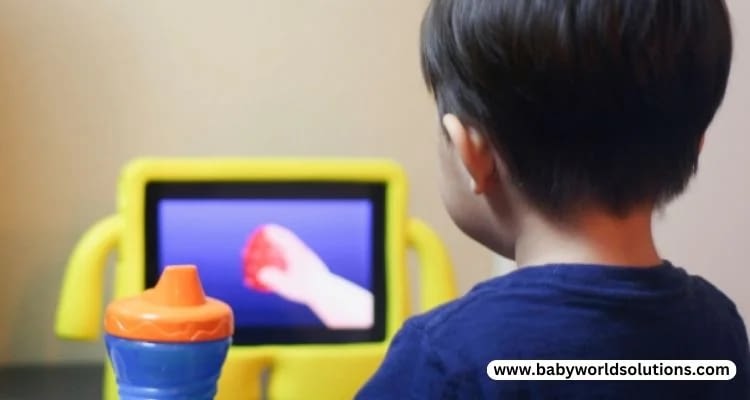
Versatility
In terms of versatility, straw cups for toddlers take the win. They can be used with various liquids, including thicker beverages like smoothies. Additionally, children can continue using straw cups as they grow, whereas sippy cups are typically phased out when the child turns three.
Longevity
While sippy cups are excellent for early transition from the bottle, their usage period is relatively short. Most kids outgrow sippy cups by the age of 3. Conversely, straw cups have a longer lifespan since they continue to be helpful as the child grows, aiding in their journey towards using regular cups.
Transition from Bottle to Cup
A sippy cup often feels like the natural next step post-bottle, but focus on the long-term advantages of straw cups outlined by child development specialists.
Experts, including pediatricians and speech-language pathologists, generally nudge parents toward straw cups for developmental gains. Although sippy cups don’t score high points for oral development, they’re lauded for convenience.
My Experience with straw cups vs sippy cups
In my journey as a parent, I’ve had the opportunity to experiment with sippy cups, straw cups, and open cups for my child. Each type of cup has its unique advantages, and the choice often comes down to the child’s specific needs and developmental stages.
The sippy cup was our first choice due to its user-friendly design and resemblance to a bottle, making the initial transition process smoother. It taught my little one to hold and drink from a cup independently without worrying about spills.
Sippy cup vs straw cup vs open cup
We then moved on to the straw cup, specifically the Munchkin Click Lock Weighted Straw Cup. This is an excellent tool for promoting better oral development and enhancing my child’s hand-eye coordination. Its weighted straw feature was practical, allowing my child to drink from any angle.
Eventually, we introduced the open cup. While considerably messier than its counterparts, using an open cup marked an essential developmental milestone. It required a more refined motor control, enhancing my child’s drinking skills and overall coordination and agility.
In conclusion, the journey from the sippy cup to the open cup was gradual but meaningful. Each type of cup played a role in different stages of my child’s growth and development.
Munchkin Click Lock Weighted Straw Cup Review
In my quest to find the best straw cup for a baby, I stumbled upon the Munchkin Click Lock Weighted Straw Cup. This cup particularly stood out due to its innovative design and the rave reviews it had received from other parents.
The Munchkin Straw Cup is uniquely designed with a weighted straw, allowing the baby to drink from any angle. This feature proved incredibly useful for my little one, who liked to move around during feeding time.
The cup also comes with a click lock feature, which gives a clear ‘click’ sound to confirm that the cup is sealed correctly, preventing any potential spills or leaks. This feature was a lifesaver, particularly during outdoor adventures and car rides.
One of the main advantages of this cup is the ease with which it can be disassembled and cleaned. The parts come apart quickly and are dishwasher-safe, making cleaning efficient and hassle-free.
In promoting healthier drinking habits, I noticed a significant improvement in my baby’s hand-eye coordination and oral development after using the Munchkin Straw Cup.
In conclusion, my experience with the Munchkin Click Lock Weighted Straw Cup was overwhelmingly positive. It aided my baby’s transition from the bottle and promoted healthier oral development, was easy to clean, and was great for on-the-go use. Based on my experience, I highly recommend it to other parents in their transition phase.
Are Straws Bad for Toddler’s Teeth? A Comprehensive Viewpoint
The conversation surrounding straws and toddler’s oral health is layered as multiple factors come into play. While straws can promote healthier oral habits than traditional sippy cups, it’s not without caveats.
Straws and Dental Health: The Good
When used correctly, straws can significantly minimize the contact of sugary or acidic beverages with teeth, reducing the risk of tooth decay. This is because they direct the liquid to the back of the mouth, bypassing the teeth. This advantage becomes crucial when your toddler consumes juices or other drinks that might erode enamel or contribute to cavities.
Straws and Dental Health: The Caveats
While straws can benefit dental health, improper use can lead to issues. For instance, if a child sucks on a straw too hard or for prolonged periods, it might alter the shape of the mouth or affect the position of the teeth, causing orthodontic concerns. Furthermore, if a child habitually clenches their teeth when using a straw, it could contribute to premature tooth wear.
Straws and Tongue Thrust
Another point to consider is tongue thrust – a swallowing pattern where the tongue pushes against or between the teeth. While straws don’t directly cause tongue thrust, if a child already has this pattern, constant straw usage might reinforce it. This habit can lead to open bites or other orthodontic issues.
Best Practices with Straws
Given these factors, it’s essential to employ best practices regarding straw usage. Teach your child to use straws correctly, ensuring they don’t suck too hard or clench their teeth. Limit the consumption of sugary or acidic beverages, and encourage regular water intake. Lastly, promote a thorough oral hygiene routine, including brushing twice daily and regular dental check-ups.
In conclusion, straws aren’t inherently bad for toddler’s teeth. However, they should be used judiciously and with good oral hygiene practices to prevent potential dental issues.
Final Thoughts: Are straw cups better than sippy cups?
While introducing a straw to your baby may seem daunting, it’s an essential skill to teach. Not only does it promote healthier drinking habits, but it also encourages independence and hand-eye coordination. Remember to take things slow and remain patient; soon enough, your little one will be sipping from straws like a pro! So, keep practicing, and enjoy watching your baby’s development milestones.
As I’ve waded through the notions of Straw Cups vs Sippy Cups, it’s clear that both hold their ground within child-feeding essentials. Personal preference and individual child’s needs cast the deciding vote in the lake of toddler hydration.
Here lies the bottled message: Consider the sippy cups with straws as the hybrid solution – a vessel navigating the waves of convenience and development with serenity for those watching their young explore the sea of self-reliance.
Whether it’s the traditional sippy or the modern straw sippy cup, we aim to journey from “when babies use sippy cups” to “how to get a baby to drink from straw” as seamlessly as a premixed formula.
And so, equipped with a boatload of insights, may you find the cup that not only contains but elevates each drop of your child’s drinking experience. Toast to informed choices and happy, hydrating adventures!
Parents Also Ask
When Do Babies Learn to Use a Straw?
Learning to use a straw is a developmental milestone that varies between babies. It typically begins during the active learning phase, around nine to 15 months. This is when most babies have developed the necessary motor skills and can understand the sucking mechanism that straw usage requires.
When Do Babies Start Using a Straw?
While the active learning phase starts at nine months, the initial introduction of the straw can begin as early as six months. At this early stage, the goal is to familiarize your baby with the straw and encourage exploration, not necessarily to have them master straw drinking immediately.
1 Visit today

